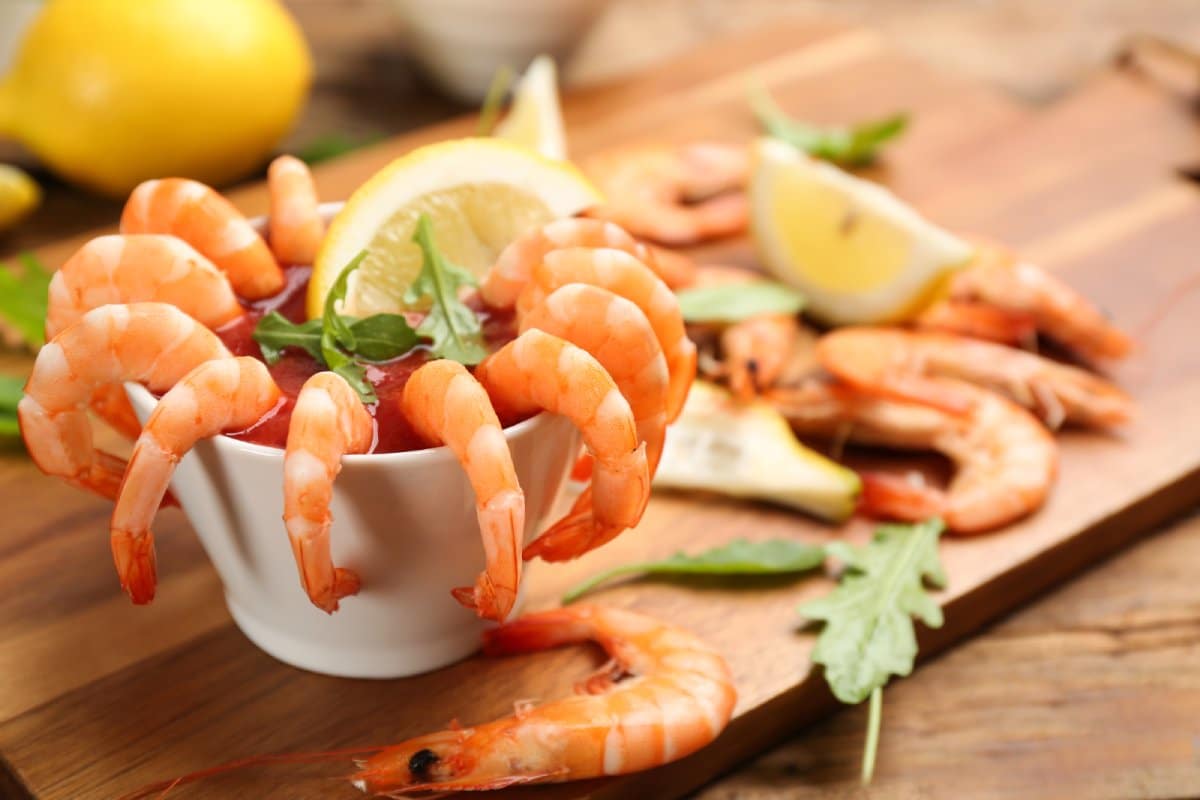Summer is the perfect time for seafood, but there’s an ethical dilemma lurking in your shrimp cocktail. Sustainability concerns are reshaping how we consume seafood. Here’s what you need to know to make more eco-friendly choices this summer:
1. Overfishing Crisis

Overfishing is depleting fish populations worldwide. According to the World Wildlife Fund, over 30% of global fish stocks are overexploited. This not only threatens marine ecosystems but also the livelihoods of millions who depend on fishing.
2. Farmed vs. Wild

Choosing between farmed and wild-caught seafood can be tricky. While wild-caught fish often have a smaller carbon footprint, certain farming practices can be more sustainable. The key is to look for responsibly farmed options certified by organizations like the Aquaculture Stewardship Council.
3. Bycatch Issues

Bycatch, the unintentional capture of non-target species, is a significant problem in commercial fishing. This can include endangered species, juvenile fish, and other marine life. Sustainable fishing methods aim to reduce bycatch, but it remains a complex issue.
4. Pollution and Habitat Destruction

Fishing practices can lead to habitat destruction and pollution. Bottom trawling, for instance, can damage delicate marine ecosystems. Plastic pollution from fishing gear is also a growing concern. Choosing seafood from fisheries that use sustainable methods helps mitigate these impacts.
5. Sustainable Seafood Labels

Look for certifications like the Marine Stewardship Council (MSC) and the Best Aquaculture Practices (BAP) when buying seafood. These labels indicate that the seafood was harvested or farmed sustainably, ensuring minimal environmental impact.
6. Local and Seasonal Choices

Opting for local and seasonal seafood reduces the carbon footprint associated with transportation and supports local economies. Seasonal seafood is also typically fresher and more flavorful.
7. Consumer Power

Consumers have the power to drive change. By choosing sustainably sourced seafood, you can support practices that protect marine ecosystems. Recent surveys show that more consumers are willing to pay a premium for sustainable options.
8. Educational Efforts

Many organizations are working to educate the public about sustainable seafood choices. The Monterey Bay Aquarium’s Seafood Watch program, for example, provides resources and recommendations to help consumers make informed decisions.
9. Policy and Regulation

Stronger regulations and policies are needed to enforce sustainable fishing practices. Advocacy for better policies can help protect our oceans and ensure the long-term availability of seafood.
10. Innovative Aquaculture

Advances in aquaculture, or fish farming, offer promising solutions. Innovations in this field aim to reduce the environmental impact of farming practices and increase sustainability.
11. Alternative Seafood

Plant-based and lab-grown seafood alternatives are emerging as sustainable options. These products mimic the taste and texture of seafood without the environmental impact of traditional fishing.
12. Chef Influence

Chefs and restaurants play a significant role in promoting sustainable seafood. Many are highlighting sustainable options on their menus and educating diners about the importance of responsible choices.
13. Impact of Climate Change

Climate change is affecting fish populations and their habitats. Warmer ocean temperatures and acidification are altering marine ecosystems, making sustainable practices even more critical.
14. Traceability Technology

Blockchain and other traceability technologies are being used to ensure transparency in the seafood supply chain. These tools help verify that seafood is sustainably sourced from catch to plate.
15. Community Support

Supporting local fishermen who practice sustainable fishing can have a positive impact. Community-supported fisheries (CSFs) offer a way to buy directly from responsible fishermen.
16. Sustainable Packaging

Sustainable seafood should also come in eco-friendly packaging. Avoiding plastic and opting for biodegradable or recyclable materials helps reduce overall environmental impact.
17. Health Benefits

Sustainably sourced seafood is often healthier. Fish caught in clean, well-managed waters are less likely to contain contaminants like mercury and microplastics.
18. Global Cooperation

International cooperation is essential for managing global fish stocks. Agreements and regulations that span multiple countries help protect shared marine resources.
19. Awareness Campaigns

Public awareness campaigns about the importance of sustainable seafood can drive significant change. When consumers are informed, they can make choices that support healthier oceans.
20. Future Trends

The future of seafood lies in innovation and sustainability. As technology and practices evolve, the goal is to create a seafood industry that meets human needs without compromising the health of our planet.
Making sustainable seafood choices is crucial for the health of our oceans and the future of our food supply. This summer, enjoy your seafood with a clear conscience by choosing options that support sustainability.
Featured Image Credit: Shutterstock / New Africa.
For transparency, this content was partly developed with AI assistance and carefully curated by an experienced editor to be informative and ensure accuracy.





